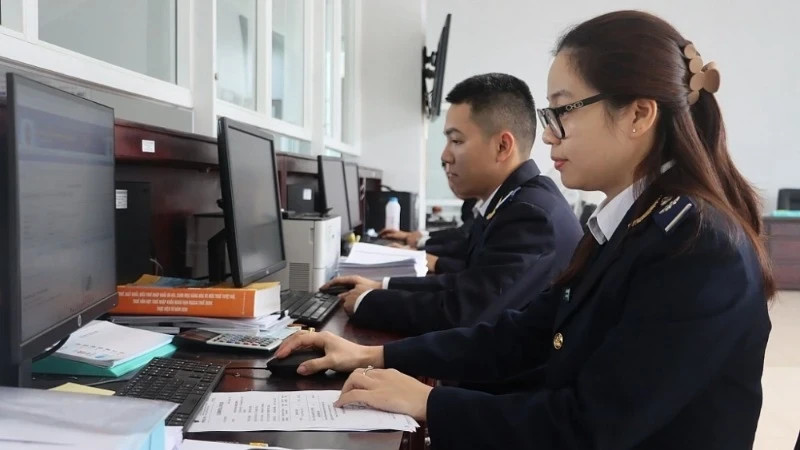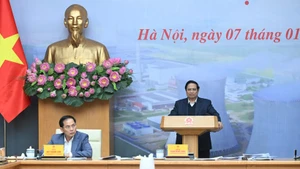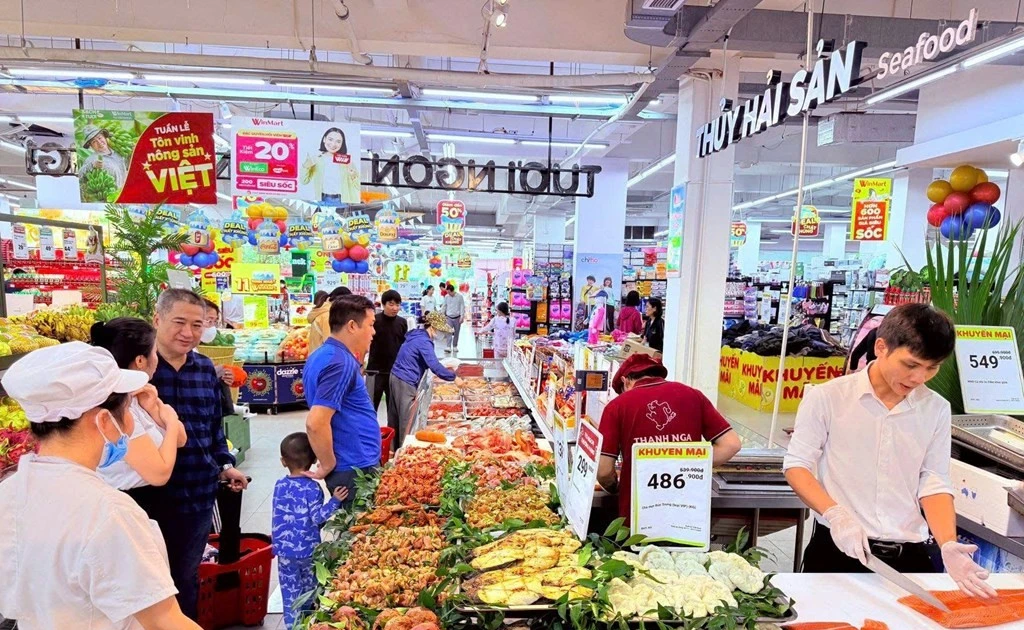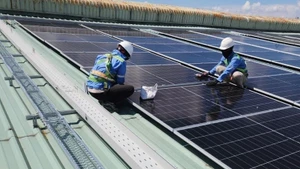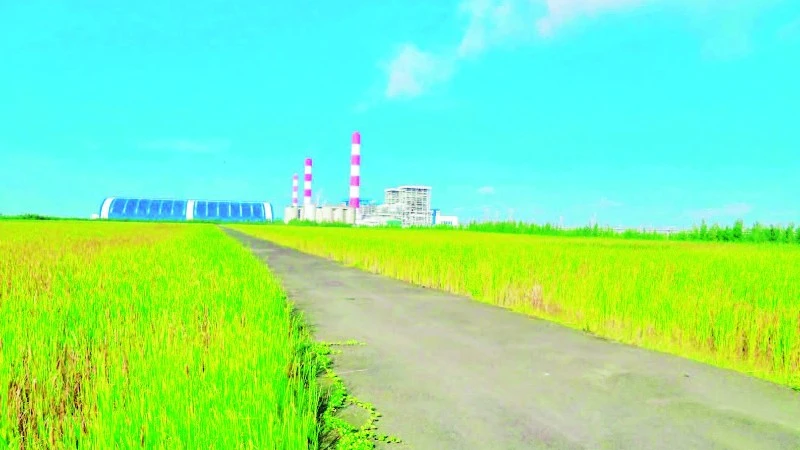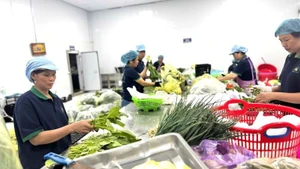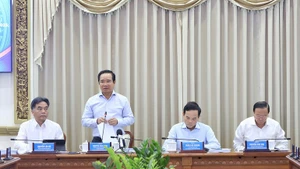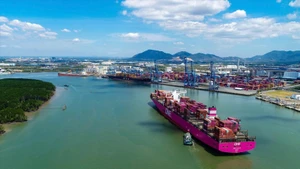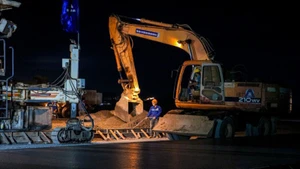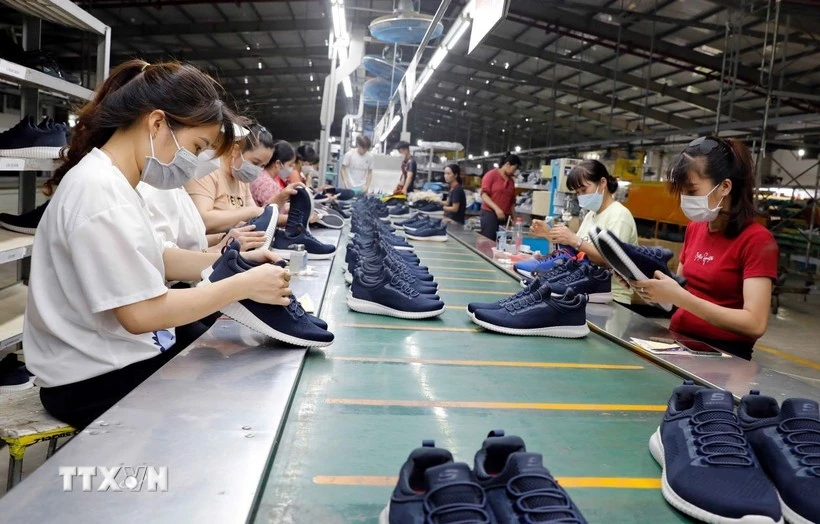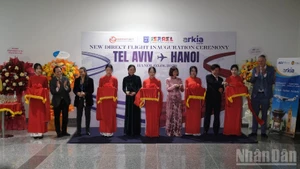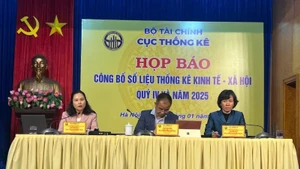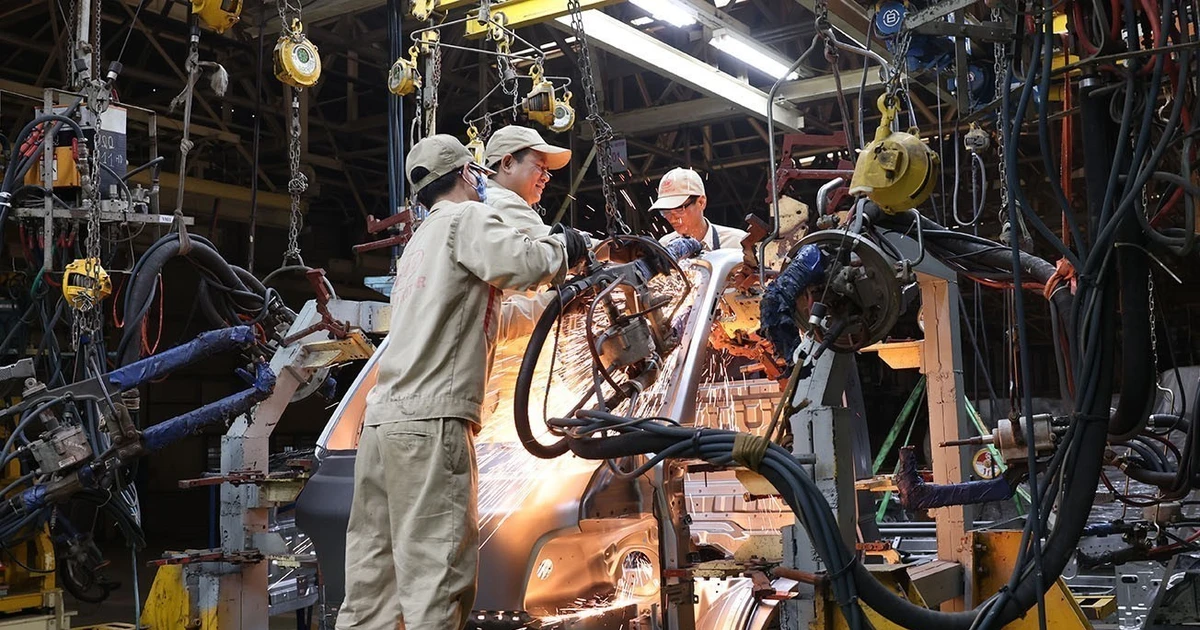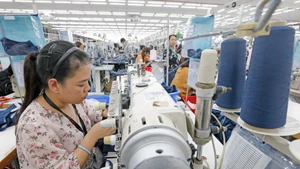In 2025, the General Department of Customs was assigned by the National Assembly to estimate revenue according to Resolution No.159/2024/QH15 of 411 trillion VND. The estimate was built on the basis of GDP growth at 6.5 to 7%, with crude oil prices from 75 to 80 USD/barrel. However, compared to 2024, this year’s target will be very challenging in the context of reduced revenue due to the implementation of Free Trade Agreements (FTAs) in 2025, which is about 14 trillion VND.
On the other hand, on October 17, 2024, the US Department of Commerce (DOC) announced the initiation of an administrative review of the anti-dumping duty order on oil field steel pipes (OCTG) from Vietnam; the Directorate General of Trade Remedies of India (DGTR) initiated an anti-dumping investigation on hot-rolled steel coil originating or exported from Vietnam; this will affect imported coal and ore for iron and steel production. Therefore, it is expected that revenue from these items will also decrease by about 12.5 trillion VND in 2025.
Domestically, the amendment of Decree No.59/2018/ND-CP, amending and supplementing a number of articles of Decree No.08/2015/ND-CP in the direction of abolishing regulations on on-the-spot import and export, will reduce budget revenue by about 10,000 billion VND/year.
In 2025 alone, import tax refunds for this type will be estimated at about 3.5 trillion VND for declarations registered in 2024. Value added tax on some product lines will be reduced from 10% to 8%, reducing revenue in the first 6 months of this year by about 9 trillion VND (this amount is not deducted when making the estimate because the National Assembly has not yet been decided).
In the first months of 2025, the customs agency must simultaneously carry out many major tasks, especially operating under the new organisational model after streamlining, requiring units in the entire industry to be highly focused, determined, and identify solutions suitable to the characteristics of each new unit to have effective solutions in the task of collecting budget revenue.
In particular, it is necessary to focus resources on advising and proposing reforms of the legal system on customs in the direction of modernity, synchronisation, unity, and transparency, in accordance with international commitments and in accordance with the new customs organisation, with a particular focus on summarising, evaluating, and proposing amendments to the law on export tax, import tax, and tax management. Although the customs agency does not play a leading role in these laws, the implementation practice of the customs agency is an important basis for proposing the completion of the law.
In the coming time, the customs authority will implement a very large volume of legal documents regulating export, import, transit goods, means of transport exiting, entering, and transiting.
Customs procedures are carried out electronically nationwide, so it requires great efforts from the customs sector, because just one amendment in the legal system, one change in the customs unit performing procedures, or one adjustment of the system’s features will also have a significant impact on the time and financial costs of businesses and people.
In the first 6 months of this year, in addition to completing the construction and implementation of the project to streamline the apparatus, the entire customs sector must also focus on operating according to the centralised customs clearance method in the new organisational model.
The General Department of Vietnam Customs needs to thoroughly study the regional model, tax operations associated with customs clearance, and tax management procedures linking information with customs clearance to ensure synchronisation as a basis for digitising documents and automating customs procedures.
The regional customs department needs to base on the characteristics of the situation of the management area, determine appropriate solutions for assigning implementation in the context of organisational transformation, gradually perfecting the conditions to ensure that the centralised regional customs clearance model operates continuously, smoothly, and without interruption to serve the people and businesses.
